Electrologists’ essential work tool, a probeholder can be manipulated hundreds of times every day. A simple action that can seem harmless, when performed that often, can therefore increase in scale and significantly reduce the product’s lifespan. Here are 5 tips that will allow you to use your probeholder for longer!
During a treatment
Place the probeholder cable around your neck
When the cable is placed around your neck, the link that binds it with the probeholder is straight and puts no stress on the wire inside the cable. When the cable hangs from the device, hits the ground and comes back up to your hand, the angle of the link is broken. Over time, the wire that conducts current might break.
Avoid pivoting the probeholder between your fingers
When you manipulate your probeholder to perform an insertion, your index is positioned on a certain spot. Once the insertion is performed, you have to move your fingers to remove the hair with tweezers. When replacing your fingers to move on to the next hair, make sure you place your index on the same spot to avoid rotating and twisting the cable. To view an example, click here.
Trick: to put this tip into practice, draw a mark on the probeholder and make sure your index is always placed on it when manipulating your probeholder.
Maintenance
Do not manipulate the prongs
The prongs are there to hold the probe in place. Since they’re very thin, it is important to never manipulate them with your fingers or tweezers in order to avoid weakening them. It is therefore paramount that you do not pinch or bend them. Also, when you are removing or inserting the white plastic cap, avoid to touch or put pressure on the prongs.
Roll the probeholder in a wide circle
If you want to store your probeholder, roll it in a quite wide circle to avoid compressing the wire that conducts current. Just like any other electrical wire, it is sensitive and a very tight circle induces a break risk which permanently damages the probeholder.
Insert the probe properly
When inserting a probe into the probeholder, it is important not to completely remove the white plastic cap. Slightly unscrew it, put the probe in the opening then tighten the cap. This way, you avoid unnecessary manipulation of the prongs. To view an example, click here.
These few work methods will allow you to keep your probeholder in better shape for longer!

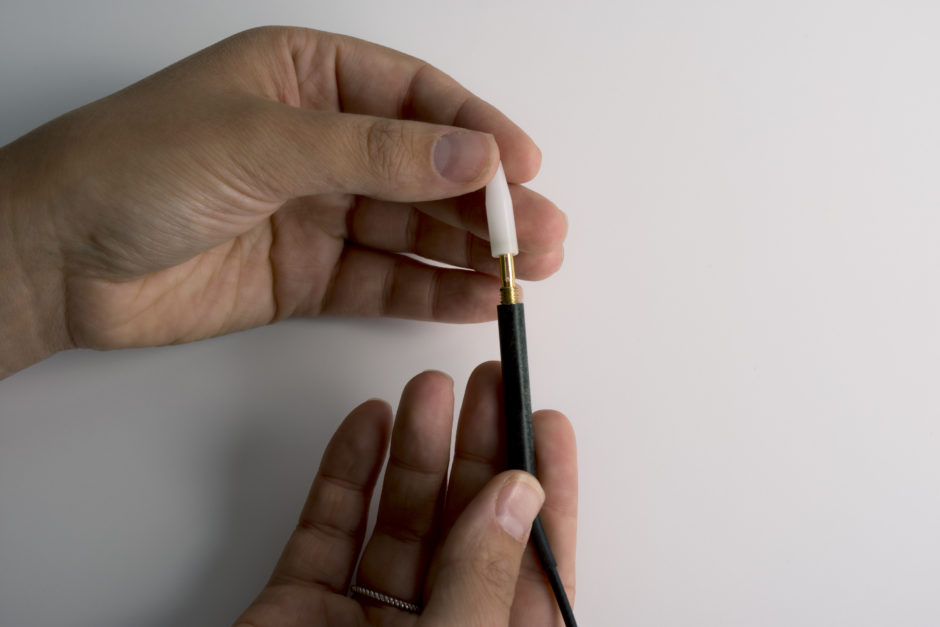
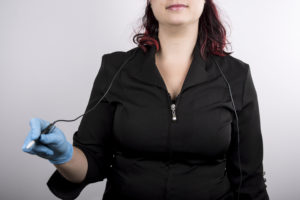
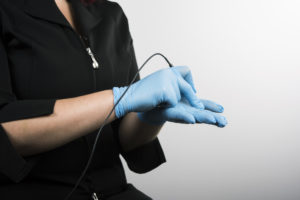
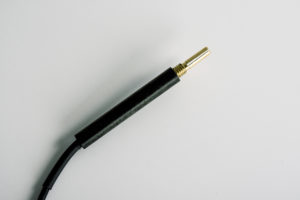
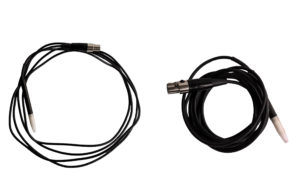
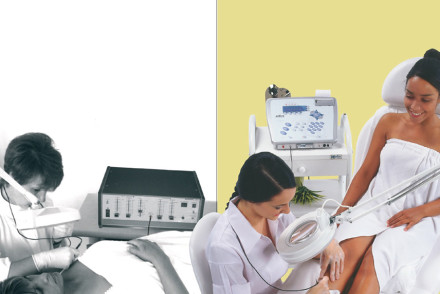





2 Comments
4 comments of why those suggestions would not work:
1.Very hard to sterilize or sanitize a probe tip without removing it. Not recommended by the standards.
2. My cord is not long enough to wrap around my neck during treatment.
3. If the prongs that hold a probe in cannot be adjusted because they are too weak, what are we to do when the needle simply won’t stay in? Perhaps getting stronger metal for needle holder as used in the past would correct this.
4. I absolutely love the quality of my Dectro epilator. That should hold true for the probe cords / needle holder. I would check with your probe cord manufacturer about the problems the operators are experiencing, or go back to the Manufacturer you used in the past. This problem is NOT the operators fault. A new cord costs a lot less than losing the electrologist as a future epilator purchaser.
Hello Mrs Allen,
First of all, we always appreciate our clients’ feedback, so thank you for sharing your thoughts.
The sterilization of the plastic tip standard is one that applies to the USA, so of course when we mention to leave it on as much as possible it concerns all other countries. Also, Dectro and most schools here in Canada train electrologists to work with the cable around their neck, maybe you could try to reposition your device or the equipment in your cabin if you cord isn’t long enough? Finally, when inserting the probe like shown in the video, the white cap holds the prongs so you shouldn’t need to pinch them to hold the probe. We presented some suggestions and of course some of them might not apply to you or be possible to incorporate into your practice.
As far as the manufacturing of the probes, we have been dealing with the same US manufacturer for 20+ years for the parts, and the assembly is performed in Québec. This manufacturing process hasn’t changed at all, but we did receive similar comments from other clients and we have advised our manufacturer right away. Rest assured that we are aware of this situation and are definitely trying to solve it.
This article doesn’t aim to put any fault on electrologists. We publish articles on this blog and discuss various topics to help professionals be even better at what they do and to help electrolysis clients better understand the process. It is important for us to support our clients, so feel free to contact us or your distributor at any time. The quickest way is still the good old telephone, 1-888-650-5573!
Best regards,
Jessica